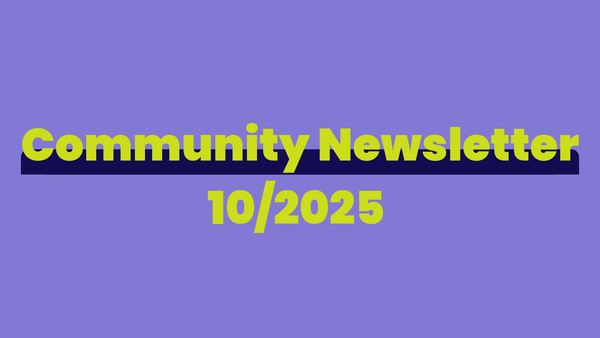The invisible career ladder: unpacking sponsorship in the workplace
Did you know that according to some sources men are likely to have up to 3-4 times more sponsors than women?

Did you know that according to some sources men are likely to have up to 3-4 times more sponsors than women? Here, a sponsor refers to someone within the same organization who helps make you more visible to leadership, hands you challenging projects, and champions your case when it’s promotion time.
I stumbled upon this interesting tidbit while researching sponsorship for an upcoming keynote speech and found it too compelling not to share.
In practice, the exact number of gender disparity in sponsorships is difficult to measure definitively since most sources only measure formal sponsorships within multinational organizations yet we can safely assume that countless informal sponsorships exist.
Now that the disclaimers are out of the way, how do we end up in a situation where women aren’t receiving as much support as men from their seniors?
In general, we know that women occupy only a third of leadership positions globally (as of 2022) and the number decreases the higher we go. With men still holding the majority of leadership positions and sponsors having to be people in influential positions, we can start to unearth some of the reasons behind the sponsorship gender gap.
The “Like me” or Affinity bias
We’ve all had times when we’ve really connected with someone who shares something with us—educational background, hobbies, even appearance. The similarity to ourselves makes us associate positive attributes with that person. They share these views with me, they must be smart.
You can battle affinity bias by building standardized processes that focus less on conversation and more on skills and objectively measuring performance. In hiring processes make sure to have diversity in the interviewing team.
Women believe in meritocracy
Women tend to strive to be evaluated on their performance and are more likely to see leveraging their networks as “playing dirty” and not fair, sometimes opting to rather change companies than participate in the game of corporate politics.
Since we don’t live in a pure meritocracy, it can be helpful to get women on board with sponsorship by making it a formal in-house program where you get matched with a sponsor.
Both men and women are wary of being misunderstood
Since men hold most of the leadership positions it would be great for them to sponsor more women, right? The answer is yes but both sexes can find themselves avoiding this kind of relationship in fear of others interpreting it as promiscuous and making judgments of the woman “sleeping their way to the top”.
These are just some of the bottlenecks keeping women from gaining the same backing as men. Many more could be discussed including how women’s and men’s ambitions differ, women having to overall perform higher than men and so many more.
In conclusion, it’s clear that we have to find ways to level the playing field and break down misconceptions around sponsor relationships. How organizations might go about this could be to formalize sponsorships and create structures that women feel more comfortable in participating in. For companies who already run their own in-house mentoring program, building a sponsorship program could be a natural next step.
Sources:
- Women Have Fewer Sponsors Than Men. Fairygodboss. Published 2017. https://fairygodboss.com/career-topics/women-fewer-sponsors-than-men?scroll=857.5
- Hewlett S, Peraino K, Sherbin L, Sumberg K. The Sponsor Effect: Breaking through the Last Glass Ceiling.; 2010. https://www.wearethecity.com/wp-content/uploads/2014/10/The-Sponsor-Effect.pdf
- 2005 Catalyst Member Benchmarking Report. https://www.catalyst.org/wp-content/uploads/2019/02/2005MemberBenchmarkingReport.pdf
- Rothwell K. we’re working on closing the gender leadership gap. Femalefactor.global. Published March 30, 2023. Accessed March 12, 2024. https://www.femalefactor.global/amp/we-are-working-on-closing-the-gender-leadership-gap





